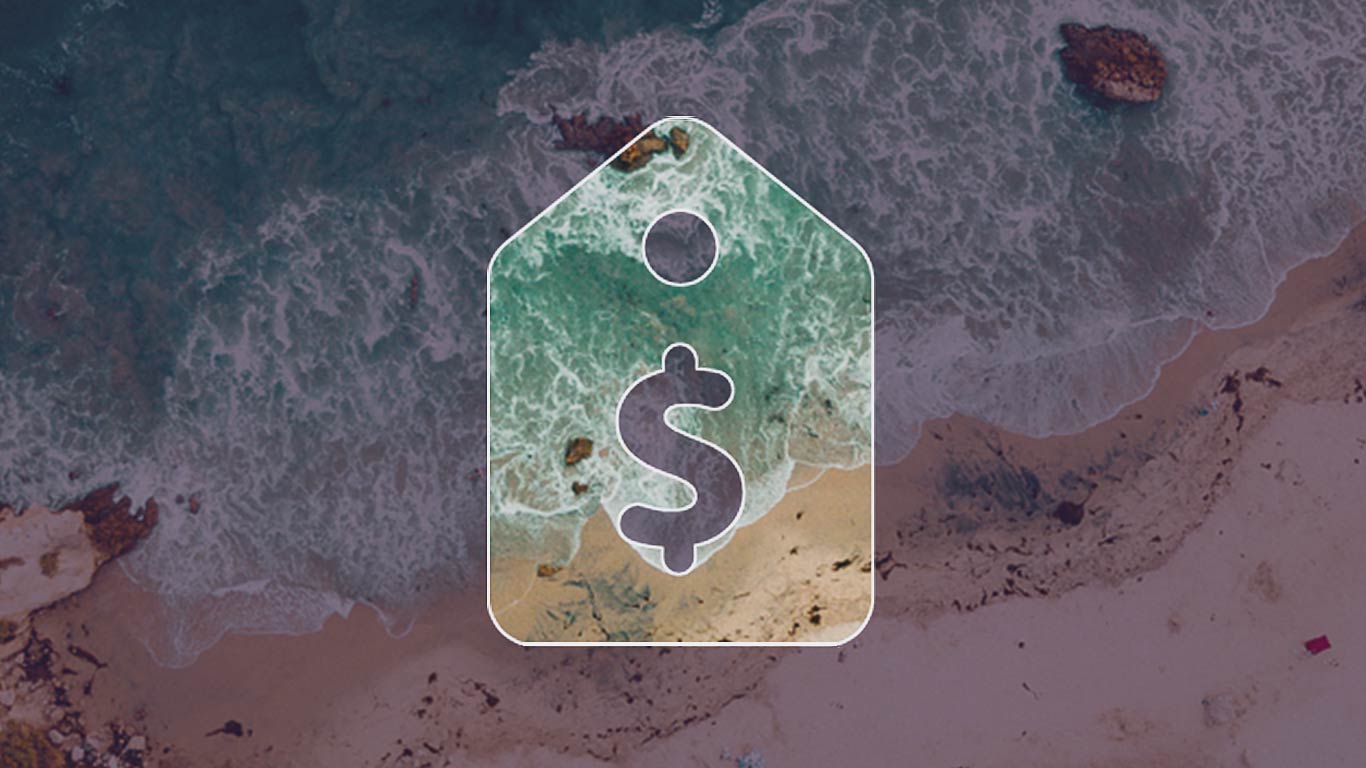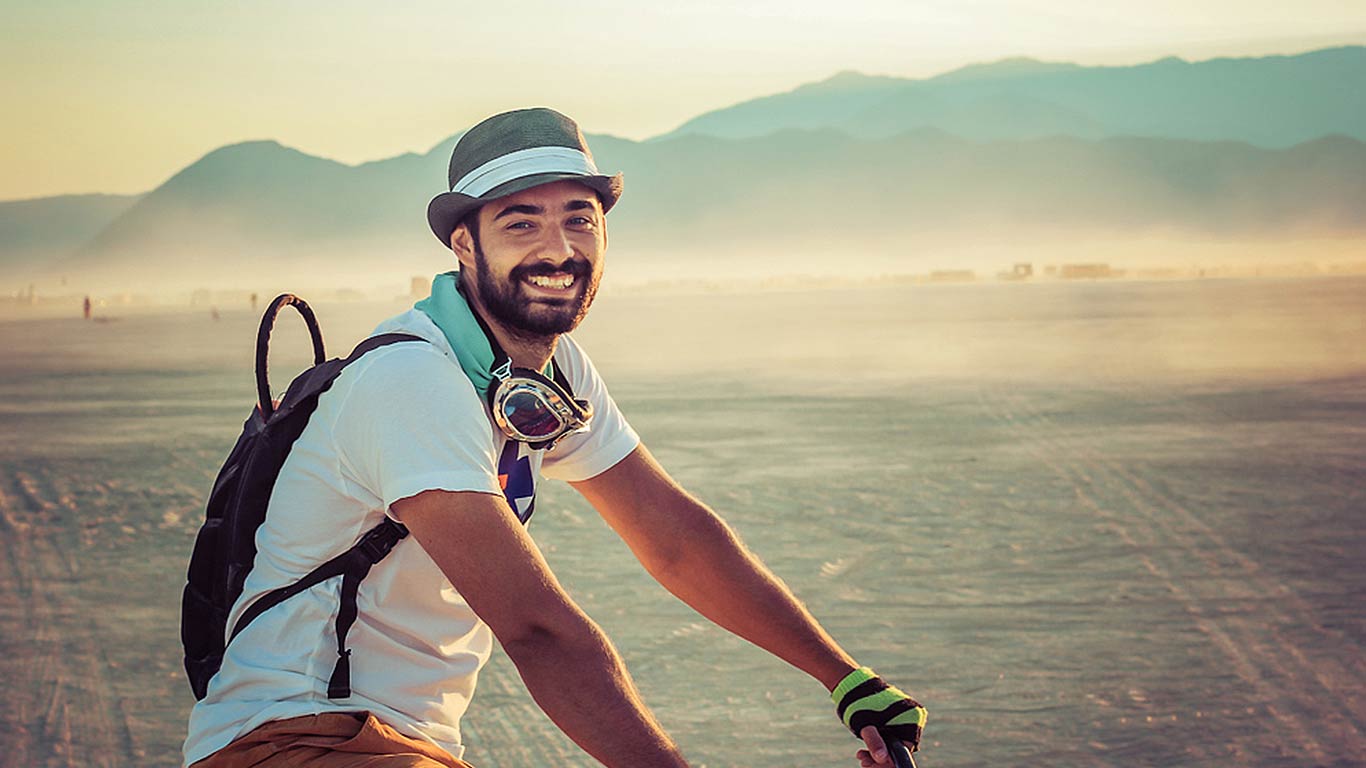
Meet Avionero’s Co-founder: Anton Tyulenev!
Computers, games, and design have always been close to Anton Tyulenev’s heart. After working at one of Russia’s most successful design agencies, he entered an online design contest — a contest which would come to lead to new meetings, a new career, and above all; the feeling of being able to create something personal with a burning passion.
– Hi Anton! Tell us about yourself.
– I’m a product designer at Avionero and together with Lars Kristensson, I’m also co-founder of the company. I was born in a small town outside of Moscow, where I lived with my family until I was 15 years old, and we moved to Bishkek — the capital of Kyrgyzstan where my mother was born. Kyrgyzstan is small, but it’s an amazing country in Central Asia with its beautiful nature, lakes, and tall mountains. It’s really worth the visit, if you ask me. I lived in Bishkek for ten more years, but in 2011 I moved to Boston in America, where I stayed for a year, before moving back to Moscow, where I still live.
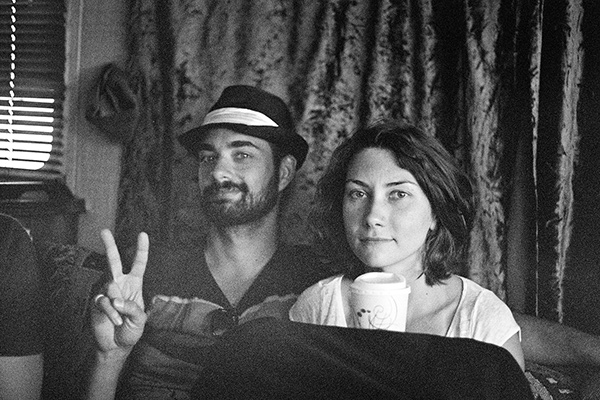
– What’s your background like?
– Computer games have fascinated me since I was a child, and when I was six or seven years old, I received my first PC. It was there and then I got lost to the world of electronics. During my gaming years, I began thinking about creating my own games. I began learning basic programming, and I used QBasic to create simple games until I decided I wanted to be a game developer. I started university in Bishkek, but during my second year, my interest in game developing suddenly vanished. I came to the conclusion that creating games was a long-drawn process, and it would take years before it showed any result, and for me, who wants to see quick results, the choice of switching focus to web developing was easy. I became the HTML-CSS guy people turned to when they wanted to see their Photoshop mockups online. Eventually I realised that materialising others, and in my opinion bad, visions, wasn’t as much fun as designing better versions of the same material myself.
Eventually I realised that materialising others, and in my opinion bad, visions, wasn’t as much fun as designing better versions of the same material myself.
– When and how did you decide to become an UX-designer?
– I switched directions, and ventured into the world of designing. However, at this point, you didn’t really use the title “UX-designer”, I called myself a web designer instead. I did a lot of freelancing, as well as working for a couple of agencies in Bishkek. I also won a few design contests. I was even a part of creating the president’s official website, even if it was short-lived because of the country’s revolution in 2010. But that’s a story for another day…
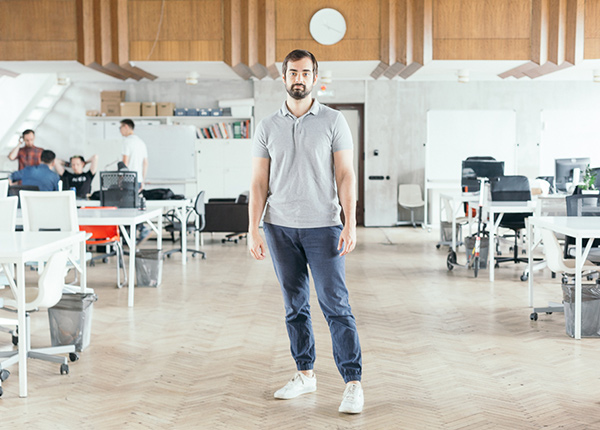
I was even a part of creating the president’s official website, even if it was short-lived because of the country’s revolution in 2010. But that’s a story for another day…
After a while, I received an offer to work in Boston, and I jumped right on it. My time in Boston means a lot to me — I grew so much as a person, and I gained insight in how I would, and wanted, to move forward in my career. After a year in Boston, I got a new work offer, this time from one of Russia’s biggest and most successful design agencies: Art. Lebedev studio. It was an amazing opportunity, and I worked there for three years before I met Lars and the story of Avionero begun.
– How did you and Lars meet?
– I travelled a lot during my time at Art. Lebedev studio — in one year I visited about fifteen countries, something that required me to research my whereabouts. When you’re travelling as much as I did, you want to find cheap tickets, being flexible with the dates, as well as find hotels and perhaps even read up on the country. Every new trip meant a new flight had to be booked — something I don’t like to spend time on. Back then I used to plan my trips with Google Spreadsheet, where I gathered all info about different flights — which could take days, and it just seemed like a waste of time.

We had a saying at Art. Lebedev studio: “If something’s not working — fix it”. And for me, searching for flights wasn’t working. During this time, I stumbled across a design contest at 99designs — which focused on travel sites. I thought there and then that this could be my chance of solving what I didn’t think was working. I brought together ideas and transformed them into different, and somewhat crazy, design ideas to try and show a new way of searching for flights.
We had a saying at Art. Lebedev studio: “If something’s not working — fix it”. And for me, searching for flights wasn’t working.
I signed up for the contest, and unexpectedly, the contest manager noticed my contribution, which they surprisingly gave me feedback on. Instead of only focusing on cosmetic changes — like changing the colours of a button, or move a text further down — there was a discussion where we threw ideas around and talked about how we could make it the most user friendly. And there, during the contest, we came up with new ideas and solutions together. The person I discussed this with was Lars, and he told me he used to work as a system architect for Momondo — a synonym for him knowing the industry well, and I soon realised he was filled with exciting ideas. Eventually I was awarded winner in the contest, and we’ve continued discussing and developing new ideas since then.
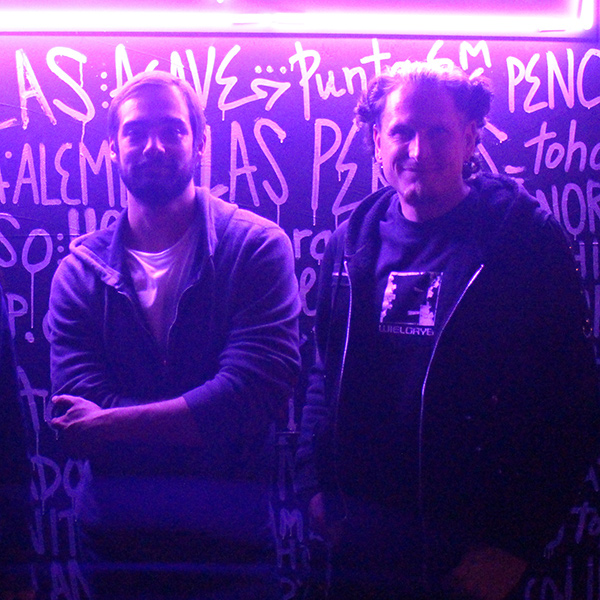
Eventually I was awarded winner in the contest, and we’ve continued discussing and developing new ideas since then.
– Tell us about your decision to leave the design agency in Russia and start working with Lars.
– It wasn’t an easy decision. I had a great job with good money, and I had the opportunity to work with interesting projects. On the other hand, I missed the opportunity and feeling of creating something personal, something I was passionate about.
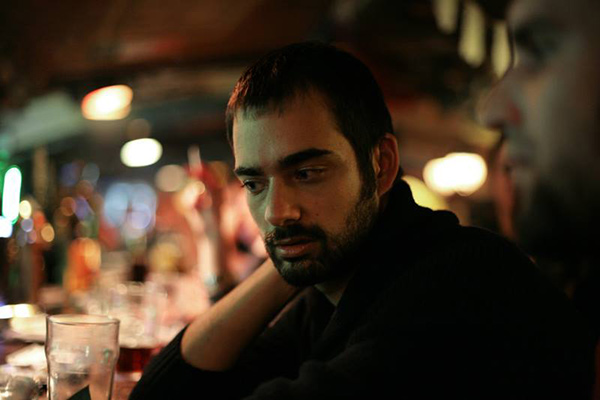
When you work for a design agency, you’re moved from one project to another, and failure or success isn’t personal, something that’s different from a personal project. That’s why I decided to give Avionero a try, and I felt that I could create something significant for the industry together with Lars. Another thought was: If I don’t spread my wings and try something crazy when I’m 29 years old, like working for a start-up business, I might never do it.
Another thought was: If I don’t spread my wings and try something crazy when I’m 29 years old, like working for a start-up business, I might never do it.
– What’s been the hardest part of the Avionero project?
– I’d say that the hardest part has been the unpredictable turn of events. Even from the beginning both Lars and I were positive that the product behind Avionero was a good one — as well as needed at the market — but we didn’t know how to reach our goal. I was close to give up several times, but it was that strong belief in our idea that helped me try over and over when we failed. This continued until our first investment.
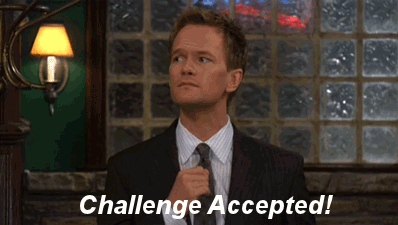
Another tough thing was to gather every UI-component and user scenario in the same flow and interaction, which has required a lot of discussion and thinking. However, at the same time, to me, this challenge has been the most interesting aspect of the project.
– What’s the best part of working with Avionero?
– I think, for me, it’s the possibility to solves people’s problems. I find it an exciting challenge every time someone complains something is too hard — for example if finding a flight takes too long or an interface is unclear — and I immediately try to come up with a solution.
The team behind Avionero is of course amazing, and I wouldn’t just call them my colleagues — I can without a doubt call them my friends! That’s something I think unusual for many companies.
The team behind Avionero is of course amazing, and I wouldn’t just call them my colleagues — I can without a doubt call them my friends!
– What’s a working day look like for you?
– Here at our Moscow office, our working day starts after noon. It might sound late, but it’s practical, since we can avoid rush hour, and us developers tend to work late nights anyway. In the morning, I work out to keep my head in the game, but during launch period for our beta version, I have to admit my routines have been quite bad. But I’ll work on that.

I try to divide my working days in design focus days and “short task”-orientation days. When I’m focusing on design, and solving design related problems, it’s important for me to find my flow and shut out the world, which I do with the help of music and earbuds. During the rest of the days, where my job is to solve smaller issues, I prefer using the Pomodoro technique, which means the days are divided into small 25 minute sections. During every interval, I try to solve an issue undisturbed. For me, eight to ten intervals works best, and it helps me solves every issue I have on my to do list.
When I design, I often use Sketch App + Zeplin, and when I make animations, I work in Principle and Adobe After Effects. To create prototypes, I use Invision or Axure, and for music I use Spotify or Soundcloud. Of course I also use good old pen and paper. I find it amazing how structured and clear I find things when I write them by hand.
At work, I also like having discussions with our front-end developers Daniil and Ruslan. They’re amazing designers too — better than our “real” designers if you ask me. They possess the ability to spot design issues right away, and they can solve unpredictable problems along the way. It’s also fun to see how the product changes — not only in our mockups, but online as well.
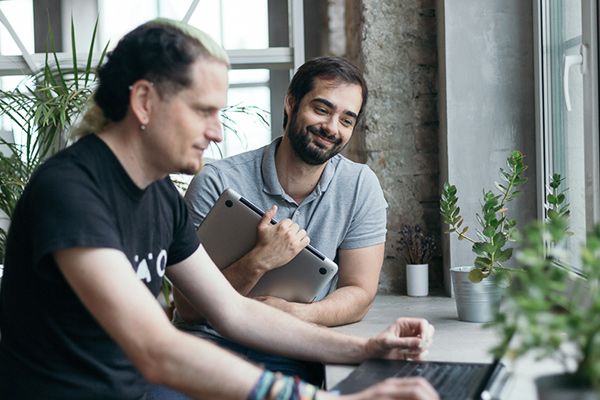
Sometimes we’ll meet up with Lars, either in Malmö or here in Moscow, to brainstorm. These sessions usually last a couple of days, and after, my to do list is filled to the brim.

